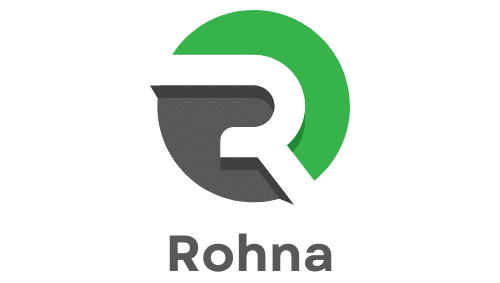In a digital fortress, your guards are the patches that keep Linux servers secure. Forge your defense against vulnerabilities with this complete guide to Linux server patch management. Discover the best practices for server maintenance, learn how to construct a sturdy checklist, and understand the essential hardening techniques. Secure your system’s foundation; it’s time to turn security from an art to a science.
Understanding Linux Server Patch Management
Patch management is a cornerstone of Linux server security. It ensures servers are fortified with the latest security enhancements and functional improvements. Here’s a deeper dive into how patch management fortifies Linux server security:
En parallèle : What you need to know to buy a successful pop art canvas
- Prompt application of security patches closes the door on vulnerabilities that attackers seek to exploit. By prioritizing and swiftly applying critical patches, servers remain guarded against potential breaches and service disruptions.
- Establishing a Linux server maintenance checklist is instrumental. It should include regular monitoring for updates, a methodical approach to patch testing, and maintaining documentation for each step in the patching process.
- Linux system hardening is further achieved through patch management. Regular updates, coupled with stringent security measures, ensure a robust defense against unauthorized access and other security threats.
- Utilizing patch management tools can streamline the update process. Tools that automate patch deployment help mitigate risks of human error, offer rollback options for faulty patches, and can be invaluable in maintaining a secure and stable Linux environment.
Effective patch management is not just a security measure; it’s a business imperative, minimizing downtime and safeguarding data integrity.
Strategies and Tools for Effective Patch Management
To bolster Linux server security, a cohesive patch management strategy is crucial. Here’s how to ensure effectiveness:
A découvrir également : How does green infrastructure enhance resilience to extreme weather events in cities?
- Identifying critical patches is step one. These patches should be applied with urgency to thwart imminent threats.
- A comprehensive patch management policy maximizes efficiency. This policy must detail procedures for patch testing, scheduling, and documentation, ensuring alignment with security best practices.
- Evaluate the trade-offs of automated patching tools versus manual patch deployment. Automation reduces human error and streamlines processes, but manual intervention may be necessary for complex or sensitive environments.
Leverage click on the link here to enhance your strategy:
- Automated patching tools for Linux can significantly cut down on maintenance time and improve responsiveness to emerging threats.
- Customizable tools allow for tailored updates, fitting seamlessly into your organization’s operational framework.
By integrating these elements into your patch management approach, you establish a formidable barrier against vulnerabilities.
Overcoming Challenges in Linux Patch Management
Successfully navigating Linux patch management challenges requires a strategic approach:
- Testing patches before deployment is crucial to avoid service interruption. Utilize staging environments to simulate the impact and catch issues before they reach production.
- Scheduling downtime effectively ensures patching doesn’t disrupt business operations. Communicate with stakeholders, plan for off-peak hours, and automate updates where possible to streamline the process.
Crafting a patch management policy that encompasses these actions is vital for maintaining Linux server security. This policy should clearly outline the workflow for selecting, testing, and applying patches, as well as methods for rolling back troublesome updates. By methodically addressing these challenges, organizations can foster a secure, reliable Linux infrastructure.
Implementing automated patching tools can alleviate many common hurdles by:
- Automating routine patching tasks,
- Providing instant update insights,
- Offering customizable patching schedules to fit business needs.
When these tools are properly configured, they not only save time but also reduce the risk of human error, further bolstering server security.











